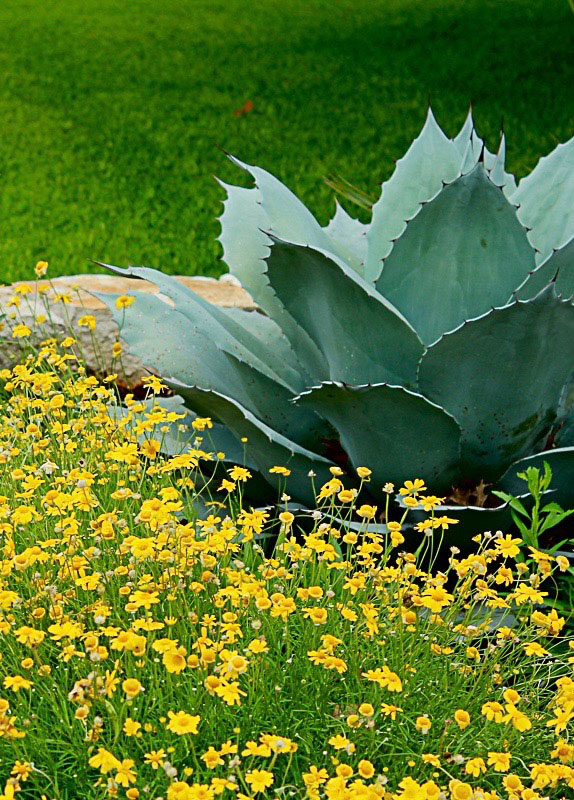Creative kid & adult garden projects during Corona virus
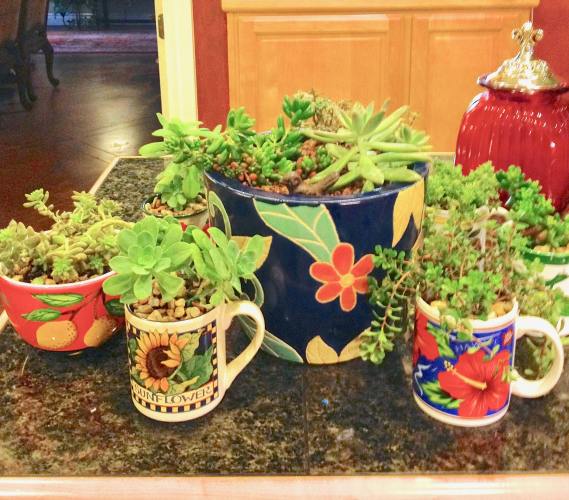
With Covid-19 virus protocols in place across the country, staying home for an undetermined length of time may be daunting. As time goes on, the walls may start to close in a little. Working, learning, and playing together at home can raise anxiety and frustrations for everyone.
If you need a respite, how about a mini-makeover for your backyard so you can relax and rejuvenate outdoors? Need a restorative garden project to engage the kids? We’re lucky to live in a part of the country where we can enjoy the outdoors many months of the year. Now, more than ever, the benefits of fresh air and a safe change of scenery can make a big difference.
Here are a few simple ideas to freshen up your outdoor space and engage your kids in interesting projects while you and your family are spending most or all of your time at home.
Shop in your own house and garden
Do you have empty pots sitting in your garage or your shed? With a little bit of soil, you may be able to create something new and pretty to set on the table. Other containers can also be used, as long as the plant is in a container with a hole in the bottom for adequate drainage.
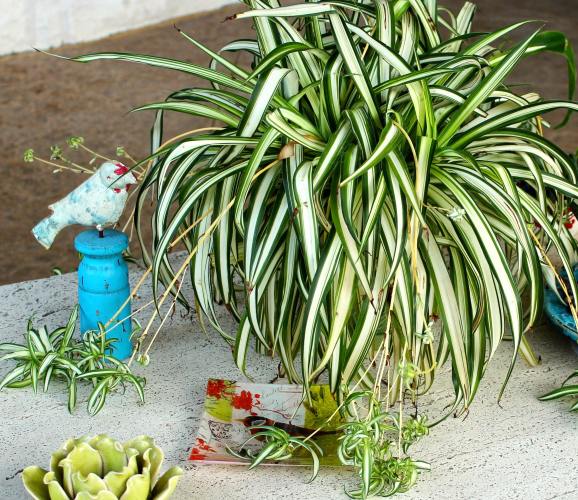
Many of us have plants that produce pups or offshoots that can be planted into a new pot. Think airplane plants, succulents, agaves, pothos ivy among others. Walk out into the landscape and look for mini-me plants. Dig them up carefully and be sure to get as much of the root as possible.
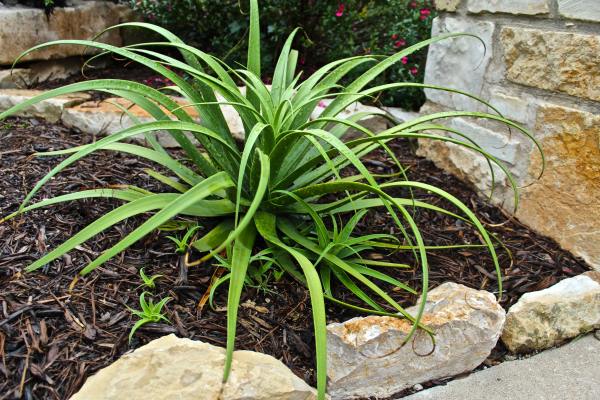
This is a great time to engage your kids. Have them help with clipping and filling the pot with soil and ongoing watering. Have them do the research about the plant’s light and water needs. Once the plant takes root and starts to grow — voila — instant home science lesson!
Pillows and other decor
You don’t need fancy outdoor furniture, to perk up your patio or yard. Move a few indoor pillows outside (when it’s not raining) to add some cheer and make your space more inviting.
Add a little side table or t.v. tray or whatever you have sitting around inside — it can even be a crate with a tray on top of it and a placemat. Add a cup of coffee or a cocktail and take a deep breath.
Light up the night
No outdoor lighting? Not a problem. Chances are you have some holiday lights stuffed in a corner of the garage or up in your attic. Pull them out and tape or tack them around a few lawn chairs. A simple string or two of miniature lights draped from the ceiling or a pergola or even run along the fence can be very quaint and inviting. Or, find a few empty glass jars from the back of a kitchen cabinet and help the kids stuff most of the little lights into the jar and plug in the other end. Take the kids outside around dusk and tell stories sitting in the yard.
Make eating fun
If you don’t have marshmallows in the house, think about other goodies you could put on the end of a skewer or cleaned-up stick and pretend to roast marshmallows around a fire. Kids won’t care – they’d be just as happy playing make believe and eating a skewered cupcake or bite of banana bread. Heck, even a piece of a peanut butter and jelly sandwich. Creativity is key.
A little night music
What better to add to the calming effect of your new instant backyard paradise than the sound of bubbling water? Google meditation music with water sounds and sit together and listen to the sound of waves on the beach somewhere. Or, find some soothing music to provide background sound to sit and watch the stars
There are lots of ways to spruce up your yard and patio to create your own family retreat during these uncertain times.
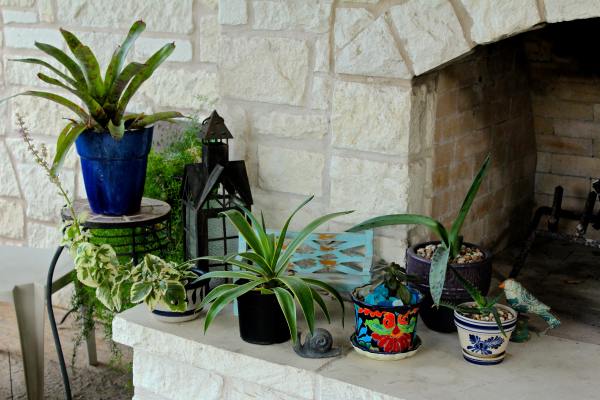
Landscape Designer Diana Kirby provides landscaping tips on Facebook at Diana’s Designs and writes a gardening blog at www.dianasdesignsaustin.com where she is also available for social distance consulting via photos and phone. You can also sign up for quarterly email tips and online DIY workshops.


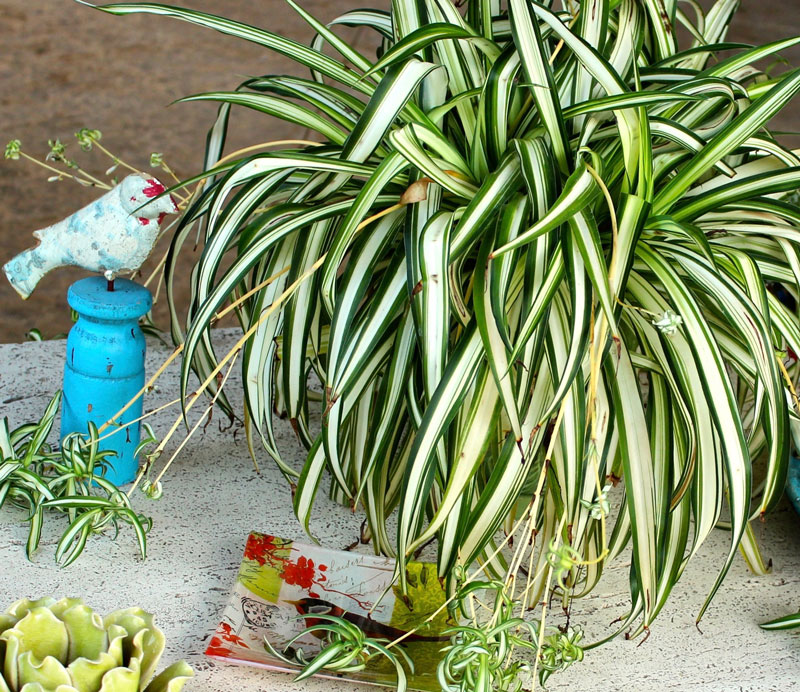
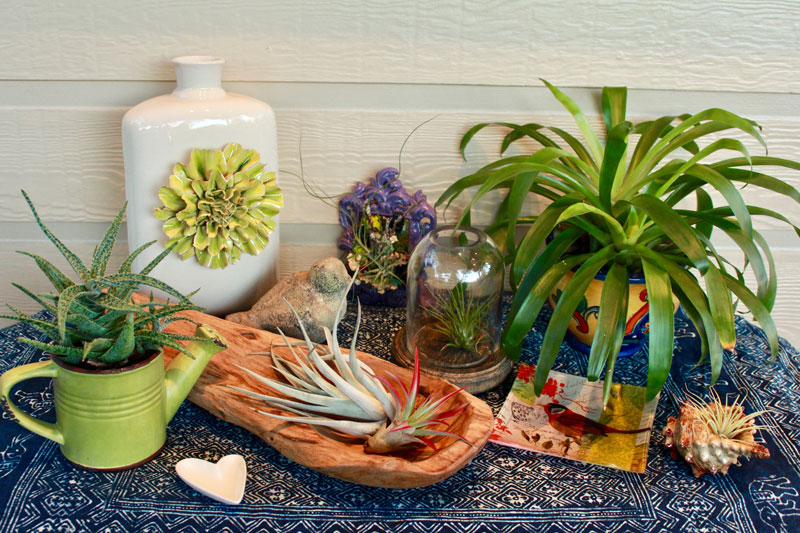
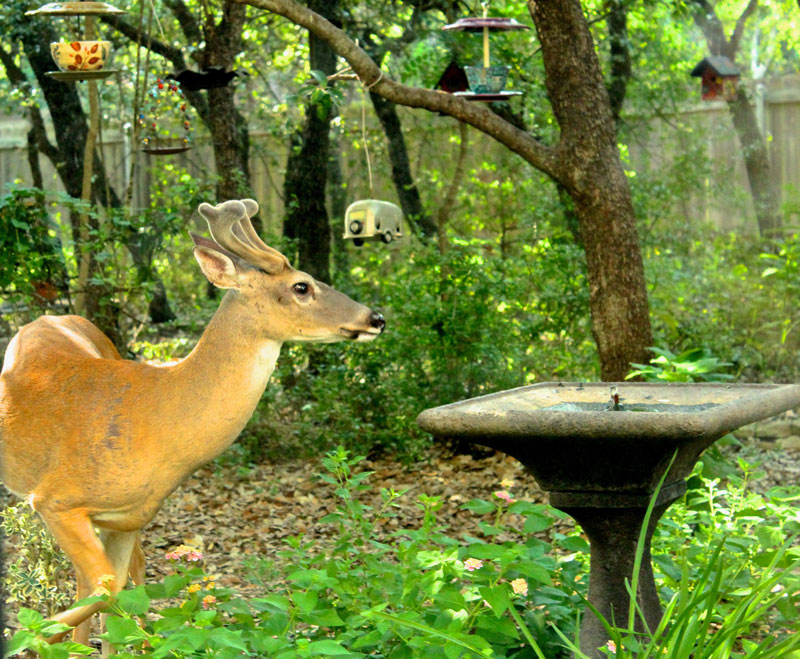
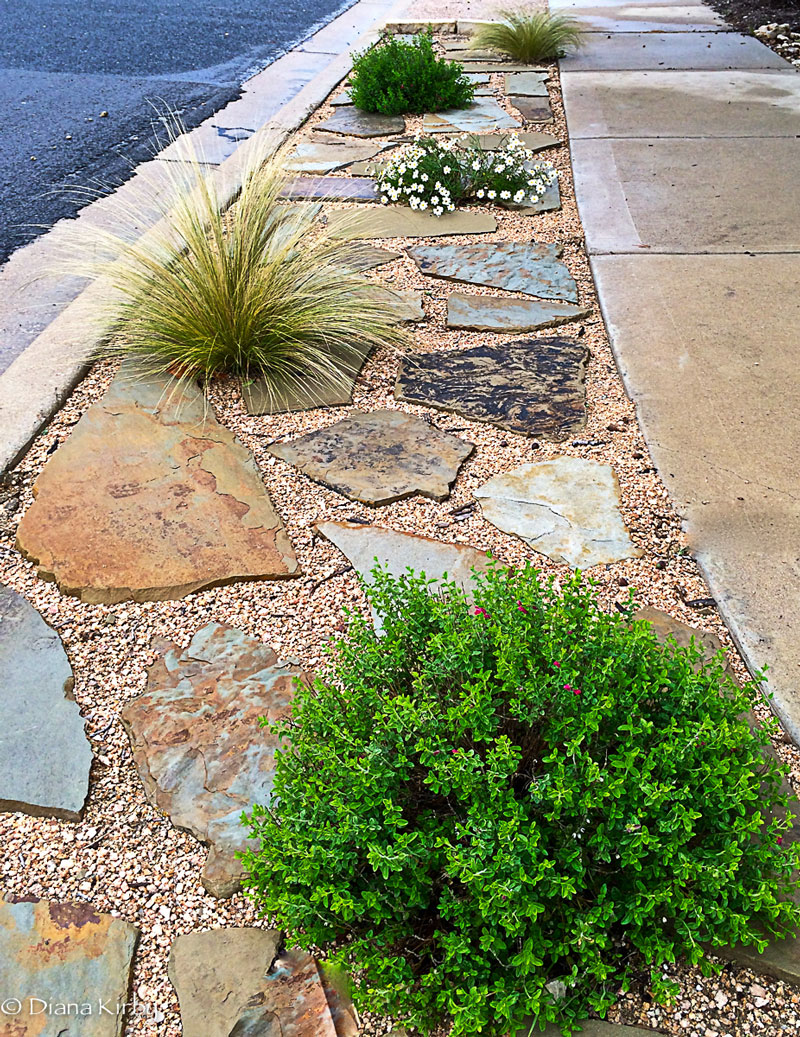 Erratic rains, then drought, and foot traffic all take their toll on these tiny pieces of turf. Alternating between crispy brown grass, dusty dirt, or tattered weeds, these hot spots often bake like an entrée in an oven in the hottest stretches of summer.
Erratic rains, then drought, and foot traffic all take their toll on these tiny pieces of turf. Alternating between crispy brown grass, dusty dirt, or tattered weeds, these hot spots often bake like an entrée in an oven in the hottest stretches of summer.